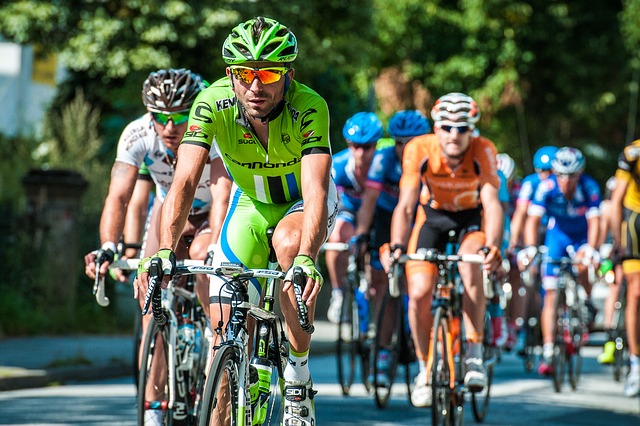

On October 30, responding to a growing number of cyclist deaths in the city, the New York City Council passed legislation that will significantly improve bike infrastructure throughout the city. One solution will be the installation of at least 250 miles of protected bike lanes, which will be completed by 2026.
The legislation will require the Department of Transportation to issue and implement a transportation master plan every five years. The plan’s goals would be to prioritize the safety of all street users, the use of mass transit, the reduction of vehicle emissions and access for individuals with disabilities.
“The piecemeal way we plan our streets has made no sense for far too long, and New Yorkers have paid the price every day stuck on slow buses or as pedestrians or cyclists on dangerous streets,” said NYC Council Speaker Corey Johnson.
“We need faster buses, safe streets infrastructure for pedestrians and cyclists and more pedestrian space. We need to do everything we can to encourage sustainable modes of transportation, especially with the realities of climate change growing more dire every day,” added Johnson.
The first plan would be due in December 2021 and would include:
• 150 miles of physically or camera-protected bus lanes over five years
• Transit signal priority at 750 intersections during the first year and 1,000 intersections during each subsequent year
• 250 miles of protected bike lanes over five years, with at least 30 miles in the first year and 50 miles in each subsequent year
• Bus stop upgrades like benches, shelters, and real-time passenger information (RTPI) at 500 bus stops each year
• Redesigning at least 2,000 signalized intersections over five years, with at least 400 redesigns each year
• Accessible pedestrian signals at no fewer than 2,500 intersections, with at least 500 installations each year
• Assessing and amending commercial loading zones and truck routes.
• Developing parking policies to promote the master plan’s goals of safety, mass transit use, reduced vehicle emissions, and access for individuals with disabilities; and
• Within the first two years, create and maintain one million square feet of pedestrian space
The master plan, due in 2026, would include the completion of a connected bike lane network, installation of physically or camera-protected bus lanes on all routes where they can be installed, installation of accessible pedestrian signals at no fewer than 2,500 intersections over five years, installation of bus stop upgrades at all bus stops, redesign at least 2,000 intersections over five years, and installation of pedestrian ramps at no fewer than 3,000 intersections.
See Green Wave: A Plan for Cycling in New York City (PDF here) for more information about the new plan.
For an additional resource on sustainable transport, The Bike Storage Company has published a study on The Role of E-Bikes in Decarbonising Transportation.
